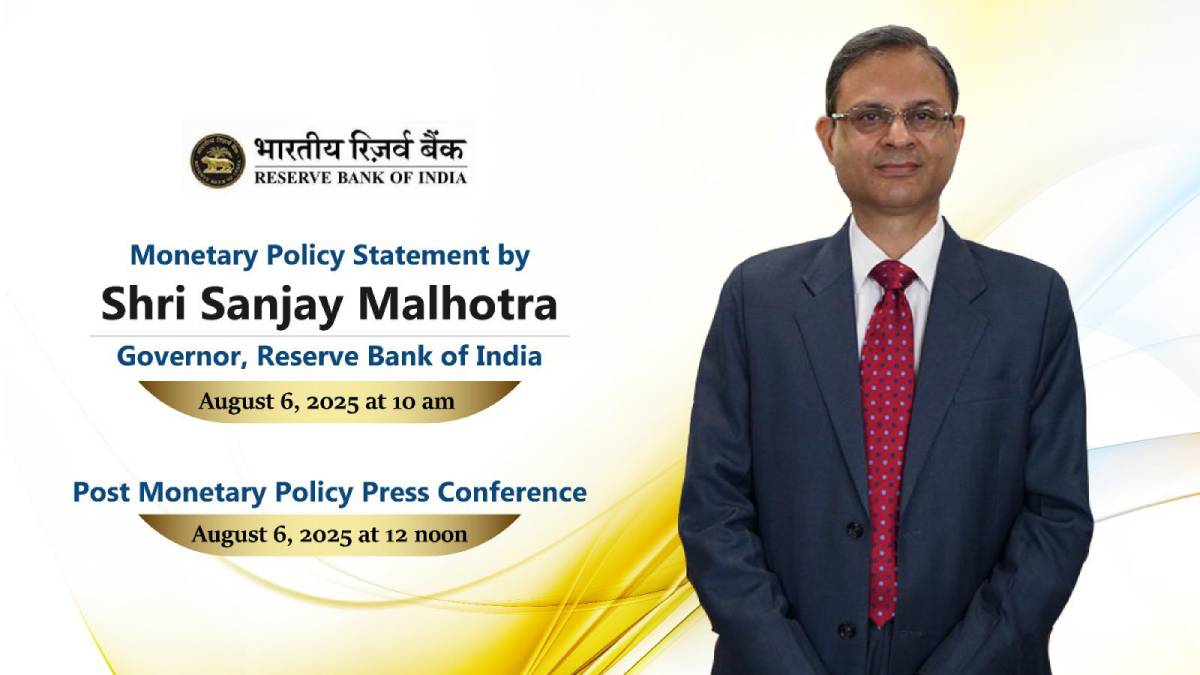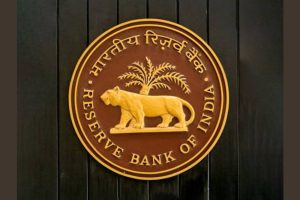The Reserve Bank of India (RBI) Governor Sanjay Malhotra is set to announce the latest policy rate decision at 10 AM today in Mumbai, as the central bank concludes its three-day Monetary Policy Committee (MPC) meeting.
The meeting, which began on August 4, was convened to review the repo rate and chart the RBI’s monetary policy direction for the coming months.
The six-member MPC, chaired by the RBI Governor and including three internal RBI officials and three government-nominated external experts, meets every two months to decide interest rates and guide monetary policy.
According to a recent State Bank of India (SBI) report, the central bank is likely to announce a 25 basis points (bps) cut in the repo rate during today’s announcement. The report describes this move as potentially delivering an “early Diwali”, by encouraging borrowing and stimulating credit growth, especially as the FY26 festive season is expected to start early.
“We expect RBI to continue frontloading with a 25 bps cut in August policy,” the SBI report stated.
The SBI analysis pointed to August 2017, when a similar 25 bps rate cut led to an incremental credit growth of ₹1,956 billion by Diwali, with nearly 30% of the increase attributed to personal loans. It noted that lower interest rates before Diwali typically drive consumer demand and borrowing, giving a boost to economic activity.
In its previous policy meeting in June, the RBI had surprised markets by slashing the repo rate by 50 bps, reducing it to 5.5%. Governor Malhotra had attributed the move to easing inflationary pressures, with both short- and medium-term inflation projections falling within the central bank’s comfort range. He also emphasized that food inflation remained under control.
As India heads into its biggest festive quarter, today’s policy announcement is expected to shed light on the RBI’s growth-supportive stance and whether it will continue easing rates to fuel consumption and investment.
The decision will also be closely watched by markets, businesses, and consumers anticipating a boost in liquidity and borrowing affordability ahead of the festive spending surge.




